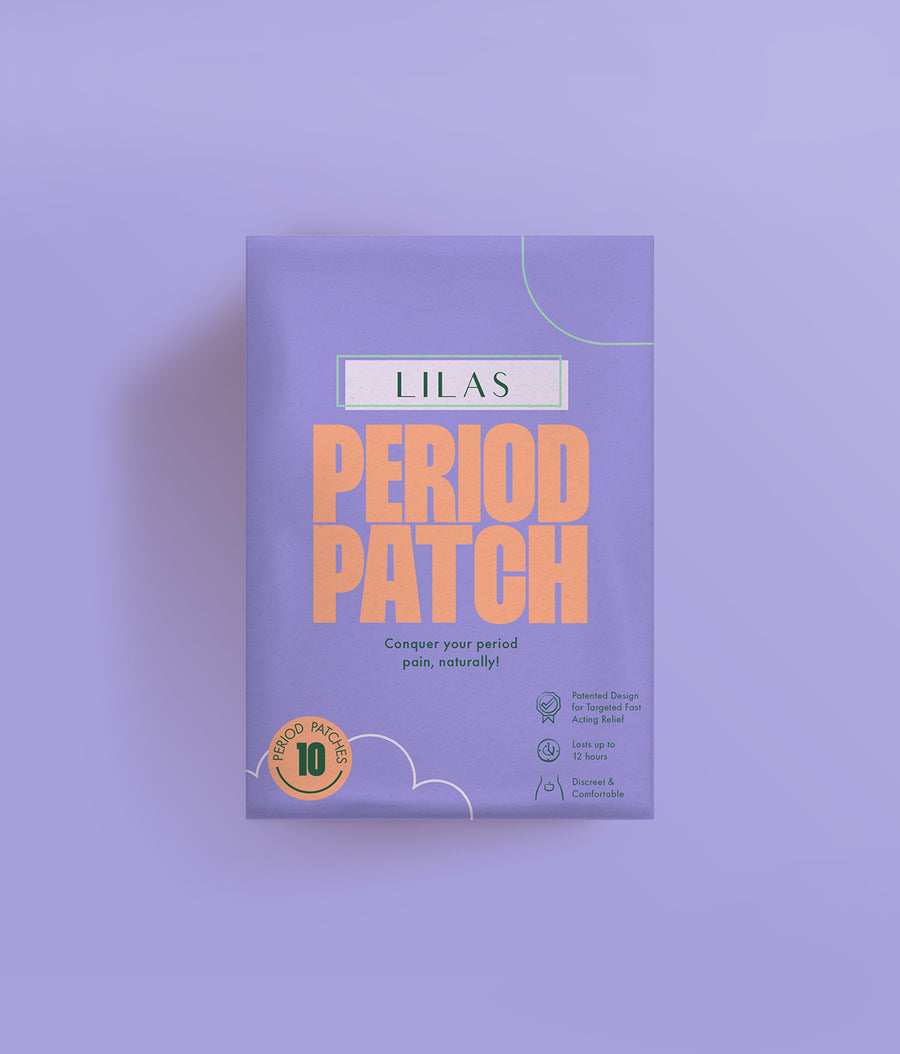Health Biases that Keep Women from Being Believed
We at LILAS Wellness are part of a movement to ensure that women are the chief leaders in understanding and parameterizing women's health. We believe that we as women know our bodies best. Unfortunately, when we report health concerns, medical professionals have too often failed to treat many of us with the utmost seriousness. As we navigate what is best for our well-being and insist that women’s health should be women-centered, we press against centuries of entrenched biases against female agency in health. Most notably, women are less likely to be believed when we report the severity of pain both for more “general” conditions and female-specific ones. Though this type of suppression is usually attributed to patriarchy at-large, two related trends that perpetuate inequity in healthcare in particular are hegemonic masculinity and andronormativity. Hegemonic masculinity is the pervasive societal tendency to prize the “masculine” characteristics of strength and dominance. Andronormativity is the similar tendency of positing the male body as the default human body in physiological considerations. In a study surveying gendered language around pain in health literature, both notions are shown to be overtly and covertly used to minimize women’s voices.
Hegemonic masculinity is unsurprisingly based in archaic and toxic gender norms. Its logic suggests that in order for men to convey strength and dominance, they must be stoic and autonomous in relation to their experiences of pain. It is a matter of pride to seem as invincible as possible. By extension then, since men are conditioned to “suck it up and deal with” pain in its less extreme forms, any indication of discomfort is associated with severity. In other words, hegemonic masculinity maintains that when men report they are in pain, even at the potential expense of their pride, it must really be serious and is treated by medical professionals as such. However, when women try to express pain, their concerns are taken less seriously. This again is largely due to hegemonic masculinity reinforcing a gender norm that links femininity with sensitivity and fragility. As a result, even though women report pain of higher severity with longer durations and greater frequency than men, this is too often attributed to preconceived ideas of feminine weakness instead of the pain’s intensity. In fact, according to a fairly recent study, 91% of the participating 2, 400 women with chronic pain believe that the healthcare system discriminates against female patients. Furthermore, women are also more likely to be told that their pain is psychosomatic and to have the reports of their pain vetted against their physical appearance. Simply put, hegemonic masculinity asserts that if women look fine, whatever that means, then they must actually be fine. This belittles women’s reported and unreported pain experiences.
Also based in patriarchal assumptions, andronormativity calls for upholding the male body as the universal basis of medical research and advancement. In this framework, any worthwhile knowledge of the human body can be derived from studying men and can be transferred in the treatment of women. This reasoning, for example, was used to help justify leaving women with “childbearing potential” out of clinical trials by the Food and Drug Administration in 1977. Bearing andronormativity in mind, medical policy professionals at the time maintained that there was no benefit in potentially compromising women’s ability to have children for the sake of research. Women were then expected to take these medications at their own risk or not at all, essentially deemphasizing their need for treatment for the said conditions targeted by the tested drugs. In addition, andronormativity by its very nature overlooks women-specific health concerns. Because most medical research has been done through the examination of the male body, the female body isn’t known as well. With less knowledge comes less effective and less nuanced treatments for women’s distinct needs. A huge part of enhancing women’s health will be dismantling andronormativity and the unhelpful conflation of male and female health experiences.
In essence, women should have primary agency over the future of women’s health. Wellness companies and healthcare at-large needs to be intentional in reorienting research and societal narratives away from the deeply entrenched notions of hegemonic masculinity and andronormativity. Hopefully, this will increasingly happen as women take up more prominent leadership positions in healthcare. Though progress has been made, less than 20% of healthcare leadership positions are held by women, despite the fact that women make up almost 80% of the healthcare workforce. There’s still a long way to go in making women’s health women-centered. In the meantime, we must remember that, again, we as women know our bodies best. Let’s be willing to push back on authority that tries to tell us otherwise.


Leave a comment